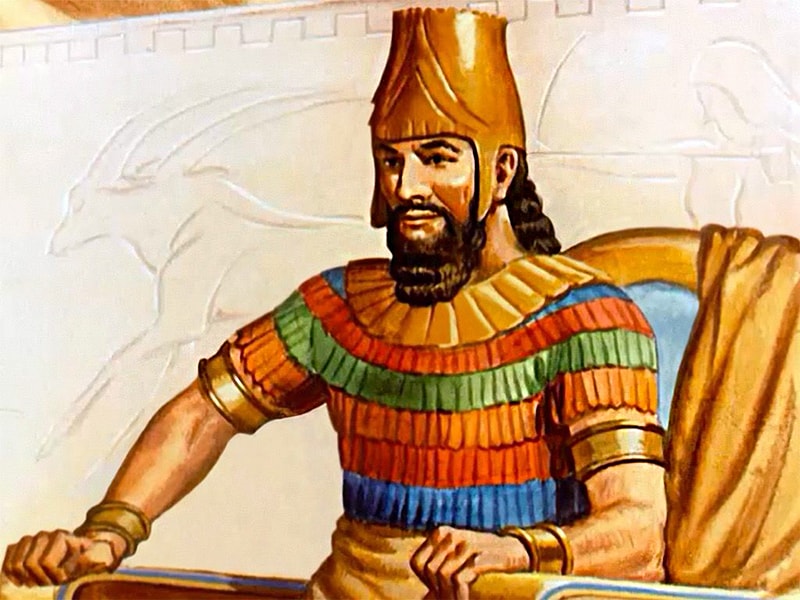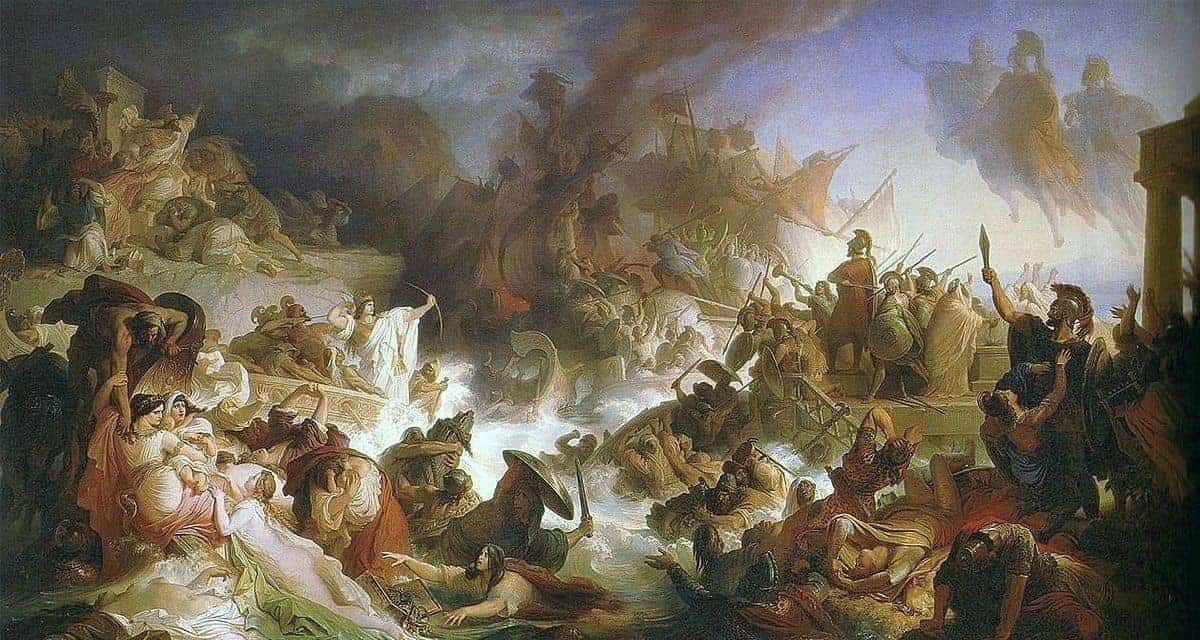Much is made of the heroic stand by Leonidas at the Battle of Thermopylae in 480 BC. The sacrifice of the Spartan king and hundreds of troops was significant insofar as it delayed the Persian army’s march. However, it is the Battle of Salamis, which occurred shortly after Thermopylae, that was the crucial battle in the Greco-Persian wars which had begun in 499 BC.
The Persian king, Xerxes I, was eager to conclude the entire affair and was happy to engage the Greeks in a naval battle, especially since he had at least double the number of ships. However, he greatly underestimated the Greek resistance and made a crucial mistake which led to the defeat of his navy. Several historians believe that if Xerxes had won, it would have marked the end of the wars with a Persian victory. This would have damaged the development of Ancient Greece and western civilization as a whole. Indeed, the Battle of Salamis could be one of the most important battles ever.

Background
Darius, I became the King of Persia in 522 BC after killing the usurper Gaumata who tried to claim the throne upon the death of Cambyses II. Since Darius was also a usurper, he spent much of his early reign dealing with revolts. One such uprising was the Ionian Revolt (499 – 493 BC) which was supported by Eretria and Athens; it also marked the beginning of the Greco-Persian Wars. Darius aimed to consolidate his power by punishing the rebels and expanding his empire into Greece.
Darius asked for the submission of various Greek city-states and even when they obliged, he still murdered their ambassadors. The Persians invaded Greece and had initial success before finally coming unstuck at the Battle of Marathon in 490 BC. The irate Darius wanted to return with a larger force, but rebellions in his empire brought a halt to his plans. He died in 486 BC before he could launch another Greek invasion and was succeeded by his son, Xerxes. The new leader was intent on finishing his father’s work, so he prepared a new invasion of Greece after first defeating a rebellion in Egypt.

Xerxes took his time on what he planned to be a decisive invasion of Greece. He decided to bridge the Hellespont to enable his army to march and also to dig a canal around Mount Athos’ isthmus. That Persia was able to complete these incredible engineering feats is a testament to the power and resources at its disposal.
Meanwhile, the Athenians knew that an invasion was coming and in 482 BC, agreed to create a fleet of triremes to fight off the Persians. Although Athens was one of the most powerful city-states, it knew it was no match for the might of Persia, so it persuaded other states to join. In 481 BC, Xerxes copied his father by asking for ‘earth and water’ from different city-states but he left Athens and Sparta out of the discussion on purpose. Within months, a number of city-states met at Corinth and formed an alliance, an amazing feat since many of these states were at war with one another. After deciding against defending the Vale of Tempe, the Greeks learned that Xerxes had crossed the Hellespont. The invasion had begun.

